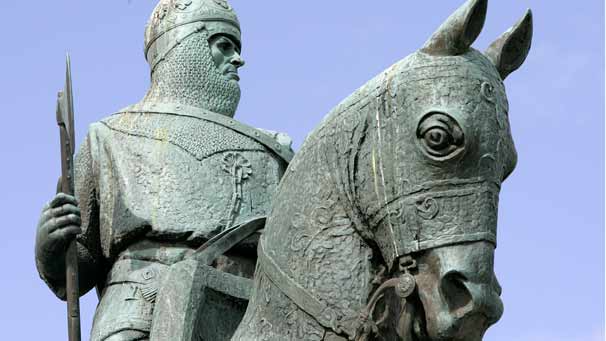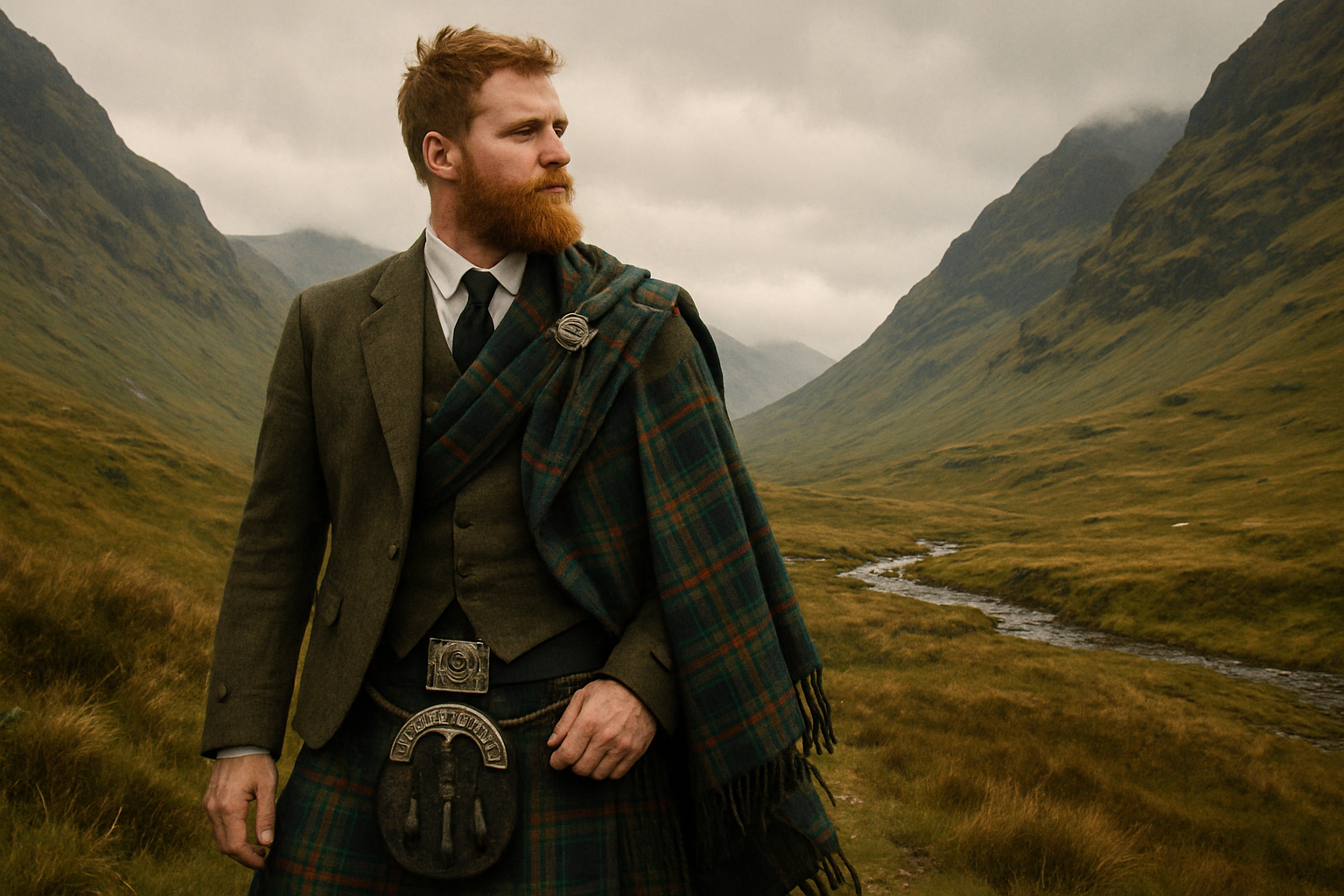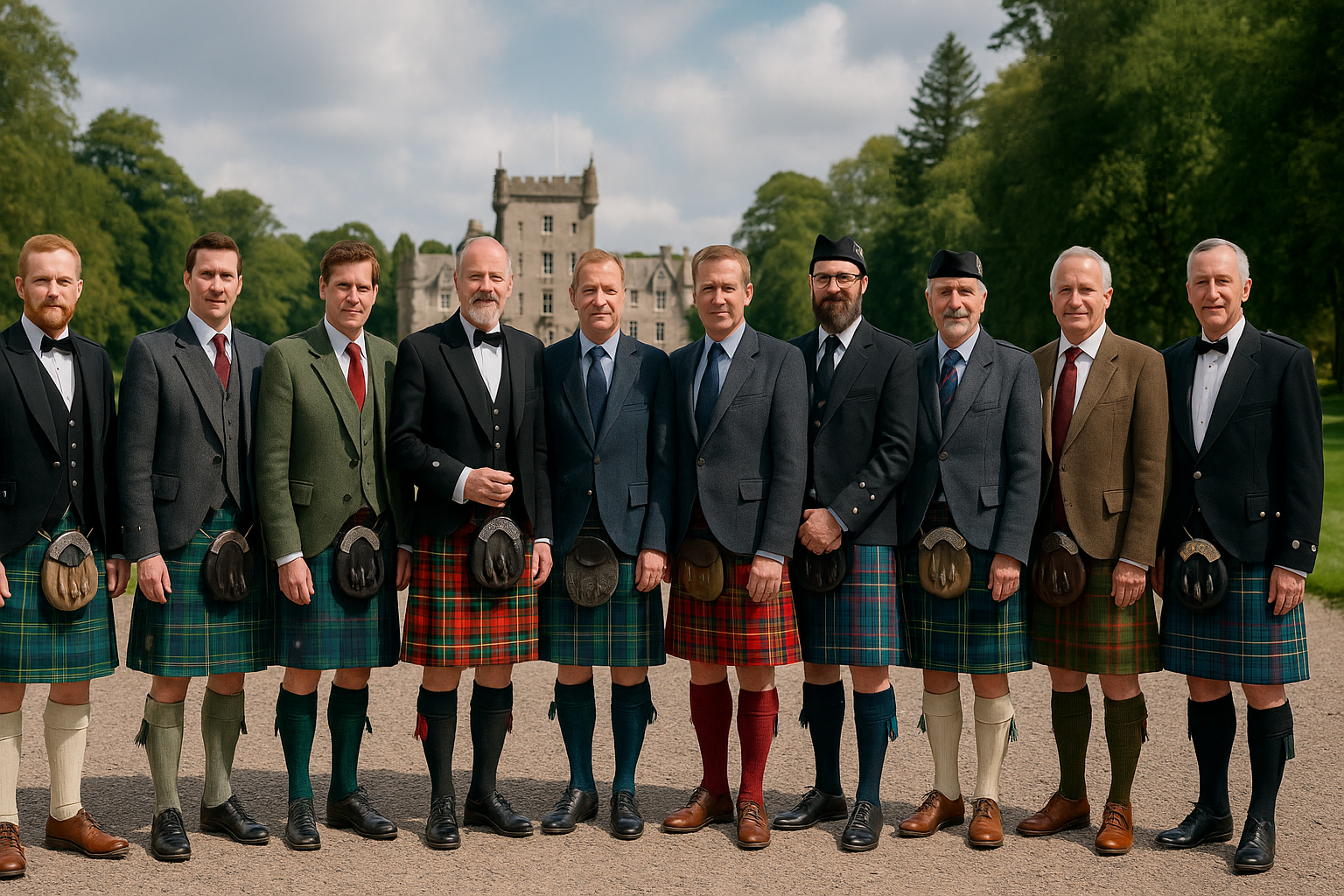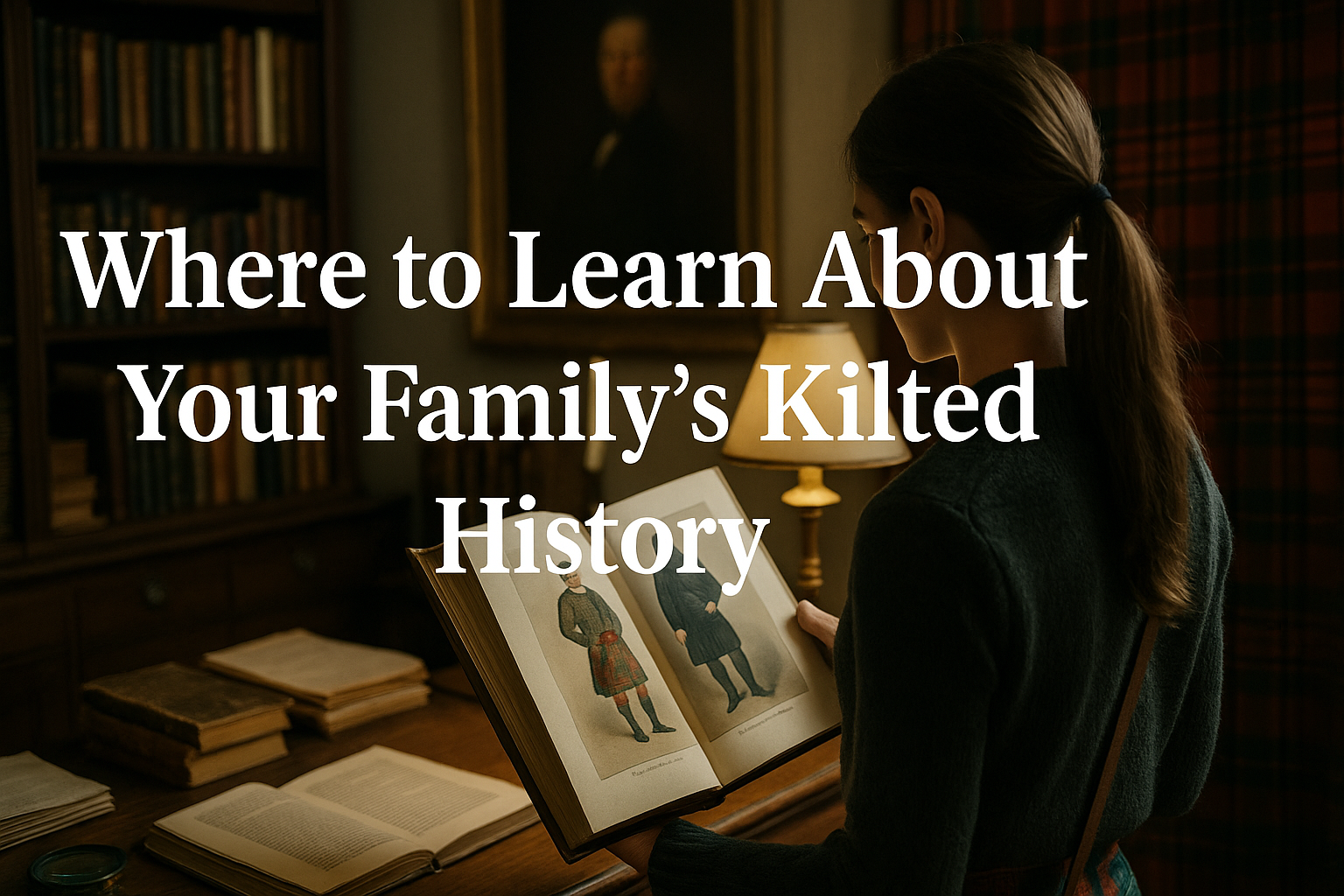 Local SEO Boost – Put Your Business on the Local Map!
Local SEO Boost – Put Your Business on the Local Map!
The Story of Robert the Bruce: Hero King of Scotland
Written by David Taylor » Updated on: June 17th, 2025


Robert the Bruce, a name synonymous with courage, resilience, and the fight for Scottish independence, stands as one of the most iconic figures in Scotland’s history. As the warrior-king who led Scotland to victory in the Wars of Independence, his legacy endures as a symbol of hope and determination. This article delves deeply into the life of Robert the Bruce, exploring his rise to power, his struggles, and his ultimate triumph as a hero king of Scotland.
Early Life and Rise to Power
Robert the Bruce was born on July 11, 1274, into a noble family with claims to the Scottish throne. His father, Robert de Brus, was a powerful lord, and his mother, Marjorie, was a descendant of Scottish royalty. This lineage placed Bruce in a unique position, but it also embroiled him in the political turmoil of Scotland’s succession crisis following the death of Alexander III in 1286. The absence of a direct heir plunged the nation into uncertainty, setting the stage for years of conflict and English interference.
As a young man, Bruce was educated in the knightly arts and exposed to the chivalric culture of medieval Europe. His early allegiances wavered between supporting King Edward I of England and aligning with Scottish resistance forces. This indecision mirrored the complexity of the political landscape, where loyalties often shifted in pursuit of power and survival.
The Murder of John Comyn and the Path to Kingship
A turning point in Bruce’s life came on February 10, 1306, when he met his rival, John Comyn, in the Greyfriars Church in Dumfries. The meeting was intended to broker peace and unify Scotland’s leadership, but it ended in violence. Bruce fatally stabbed Comyn, an act that shocked contemporaries and carried grave consequences. Killing someone in a church was considered sacrilege, and Bruce was promptly excommunicated by the Pope.
Despite this, Bruce’s actions solidified his resolve to claim the throne. On March 25, 1306, he was crowned King of Scots at Scone Abbey. His coronation marked the beginning of a tumultuous reign, characterized by relentless conflict and personal hardship.
Struggles and Exile
Bruce’s early reign was marked by a series of defeats. Edward I, enraged by Bruce’s claim to the throne, launched a campaign to crush the Scottish resistance. Bruce’s forces suffered significant losses, and he was forced to flee. His allies were executed, and his family was captured—his wife, Elizabeth, and daughter, Marjorie, were imprisoned, while his brothers were brutally killed.
During this period of exile, Bruce sought refuge in remote parts of Scotland, including the Hebrides and Ireland. According to legend, it was during this time that Bruce observed a spider repeatedly trying to weave its web despite repeated failures. Inspired by the spider’s determination, Bruce resolved to continue his fight for Scotland’s freedom. This story, though apocryphal, encapsulates the resilience that defines Bruce’s legacy.
Rebuilding and Resistance
By 1307, Bruce began to rebuild his forces, employing guerrilla tactics to outmaneuver the English. His intimate knowledge of Scotland’s rugged terrain gave him a strategic advantage, allowing him to reclaim key strongholds. Edward I’s death in 1307 and the ascension of his less formidable son, Edward II, further shifted the balance in Bruce’s favor.
Bruce’s efforts to consolidate power were not limited to military campaigns. He sought to unite the Scottish nobility under his banner, forging alliances and promoting a shared vision of an independent Scotland. His leadership extended beyond the battlefield, reflecting his ability to inspire loyalty and foster unity.
The Battle of Bannockburn: A Defining Victory
The turning point in Bruce’s campaign came in June 1314 at the Battle of Bannockburn. Facing a much larger English army led by Edward II, Bruce’s forces employed innovative tactics to secure a decisive victory. The battle, fought near Stirling Castle, showcased Bruce’s strategic brilliance and the discipline of his troops.
Key to the victory was Bruce’s use of terrain and defensive formations, including schiltrons—dense formations of spearmen designed to repel cavalry charges. The English army, overconfident and poorly coordinated, was decisively defeated. Bannockburn not only bolstered Bruce’s reputation but also solidified Scotland’s position as a nation capable of resisting English domination.
Diplomacy and the Declaration of Arbroath
Following Bannockburn, Bruce turned his attention to securing international recognition of Scotland’s independence. In 1320, the Scottish nobility sent the Declaration of Arbroath to Pope John XXII. This eloquent document asserted Scotland’s right to self-determination and defended Bruce’s kingship. It famously declared, “It is not for glory, nor riches, nor honors that we fight, but for freedom alone, which no good man gives up except with his life.”
The Declaration of Arbroath is considered a milestone in the history of human rights and a precursor to later declarations of independence. It remains a source of national pride and a testament to Scotland’s enduring quest for freedom.
The Treaty of Edinburgh-Northampton
Bruce’s efforts culminated in the Treaty of Edinburgh-Northampton in 1328. This treaty, signed between Scotland and England, formally recognized Scotland’s independence and Bruce’s position as king. It marked the successful conclusion of Bruce’s lifelong struggle to free his nation from English rule.
Robert the Bruce: A Legacy of Inspiration
Robert the Bruce passed away on June 7, 1329, at the age of 54. He was buried at Dunfermline Abbey, but his heart was removed and taken on a crusade to the Holy Land by his trusted ally, Sir James Douglas. This symbolic gesture reflected Bruce’s enduring devotion to Scotland and his faith.
Today, Bruce’s heart rests at Melrose Abbey, while his legacy continues to inspire generations. His unwavering determination in the face of adversity and his commitment to Scotland’s independence have cemented his place as a hero king. Monuments, statues, and cultural depictions celebrate his achievements, ensuring that his story remains a source of pride and inspiration.
Cultural Depictions of Robert the Bruce
The life of Robert the Bruce has been immortalized in literature, film, and art. John Barbour’s epic poem The Brus recounts his heroic deeds, while modern films like Braveheart and Outlaw King bring his story to a global audience. Sites like the Bannockburn Heritage Centre and the Robert the Bruce statue at Stirling Castle attract thousands of visitors each year, serving as tangible connections to his legacy.
Lessons from Robert the Bruce’s Life
The story of Robert the Bruce is not just a historical narrative but a source of timeless lessons. His resilience in the face of defeat, his ability to inspire unity, and his strategic brilliance offer valuable insights into leadership and perseverance. Bruce’s journey reminds us that even in the darkest times, determination and courage can pave the way to victory.
Conclusion
The story of Robert the Bruce is one of courage, perseverance, and unrelenting dedication to freedom. His leadership during Scotland’s darkest hours and his ultimate triumph in securing independence serve as a timeless reminder of the power of resilience and determination. Robert the Bruce’s legacy lives on, not only in the annals of history but also in the hearts of those who cherish Scotland’s hard-won liberty. Explore more about Scotland’s enduring history and the figures who shaped it through this comprehensive resource on Scottish heritage.
________________________________________
Tags: Robert the Bruce, Scottish independence, Battle of Bannockburn, Declaration of Arbroath, Scotland history, William Wallace, Wars of Independence, Scottish kings, Robert the Bruce legacy, iconic Scottish figures,Robert the Bruce, hero king of Scotland, Battle of Bannockburn, Scottish independence leader, Declaration of Arbroath, Scotland’s history, Robert the Bruce achievements, Scottish monarchs, Scotland’s Wars of Independence, legacy of Robert the Bruce
Note: IndiBlogHub features both user-submitted and editorial content. We do not verify third-party contributions. Read our Disclaimer and Privacy Policyfor details.
Copyright © 2019-2025 IndiBlogHub.com. All rights reserved. Hosted on DigitalOcean for fast, reliable performance.

















